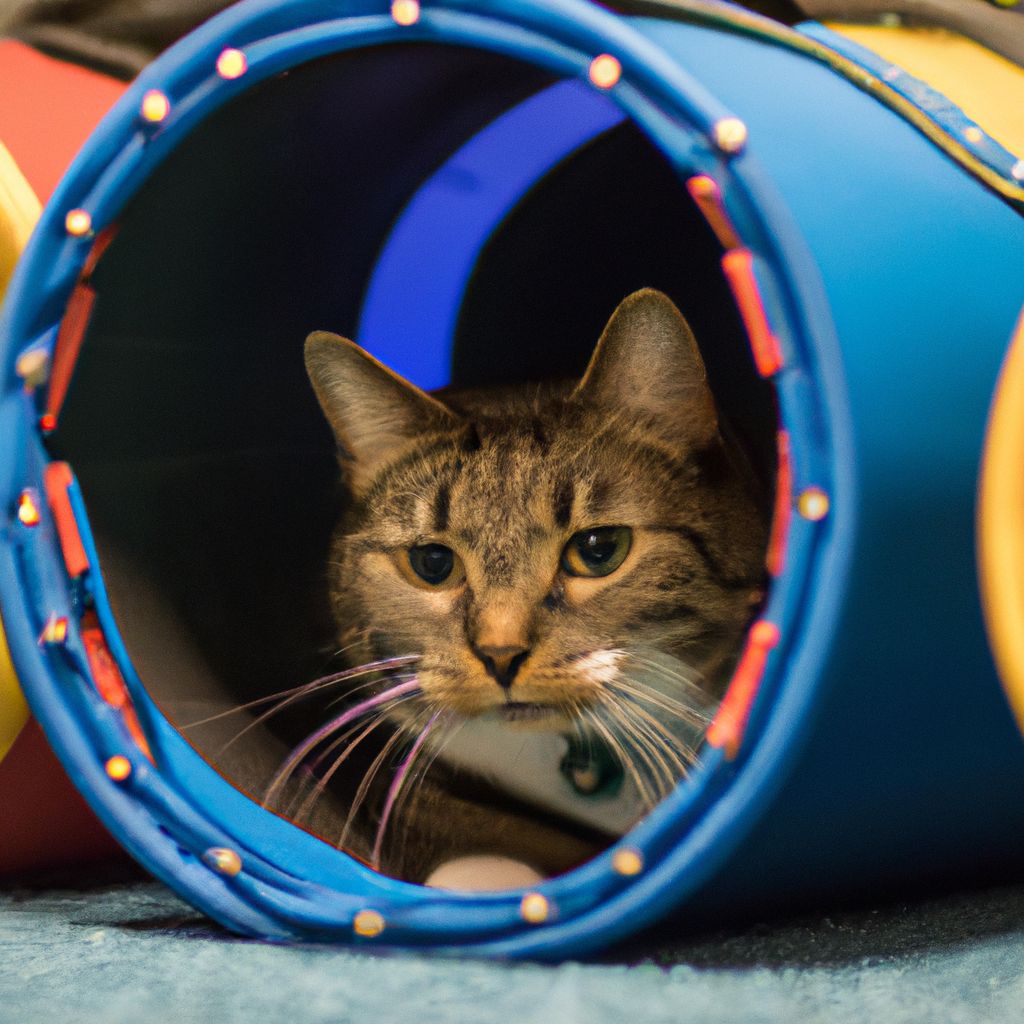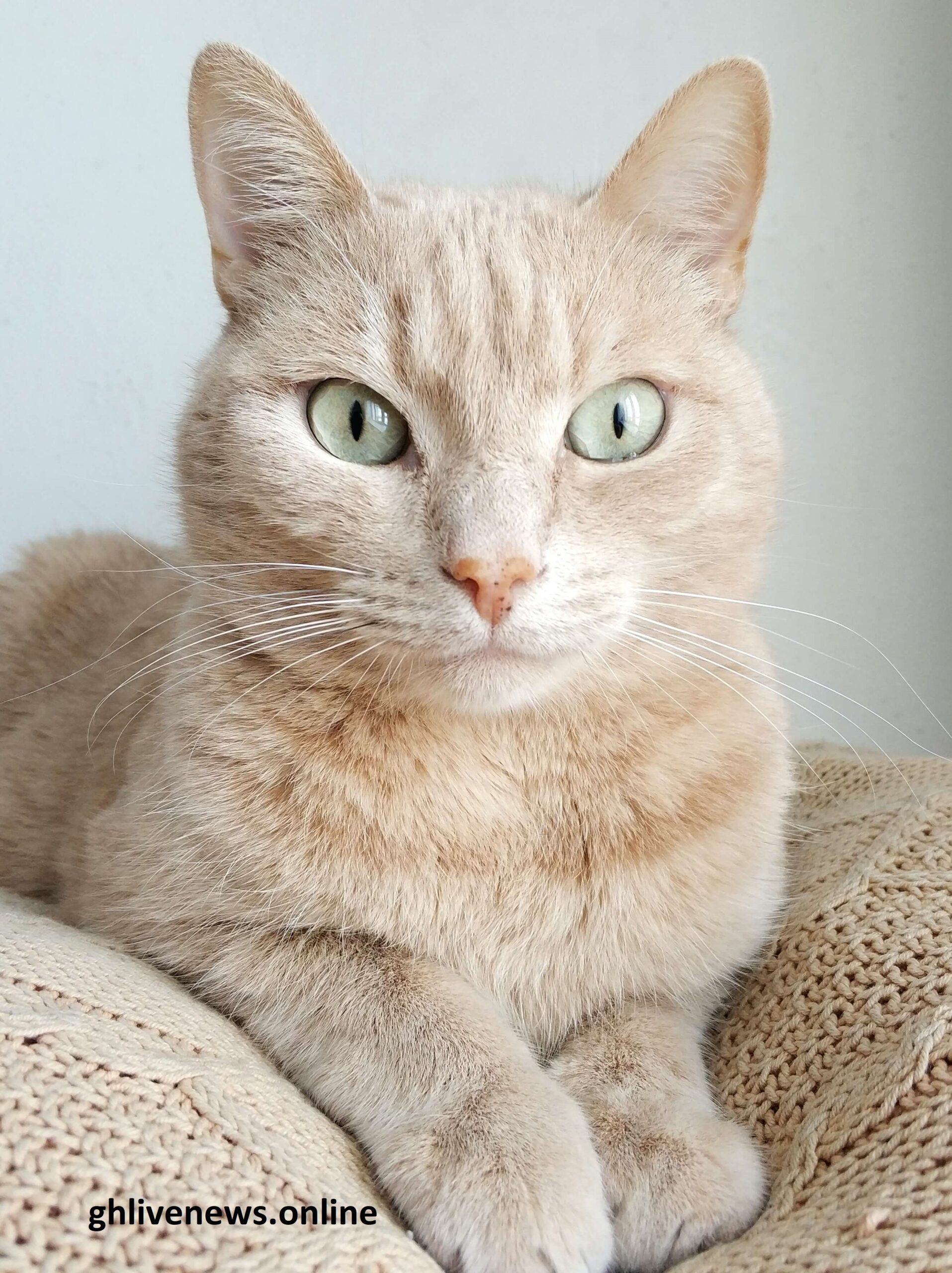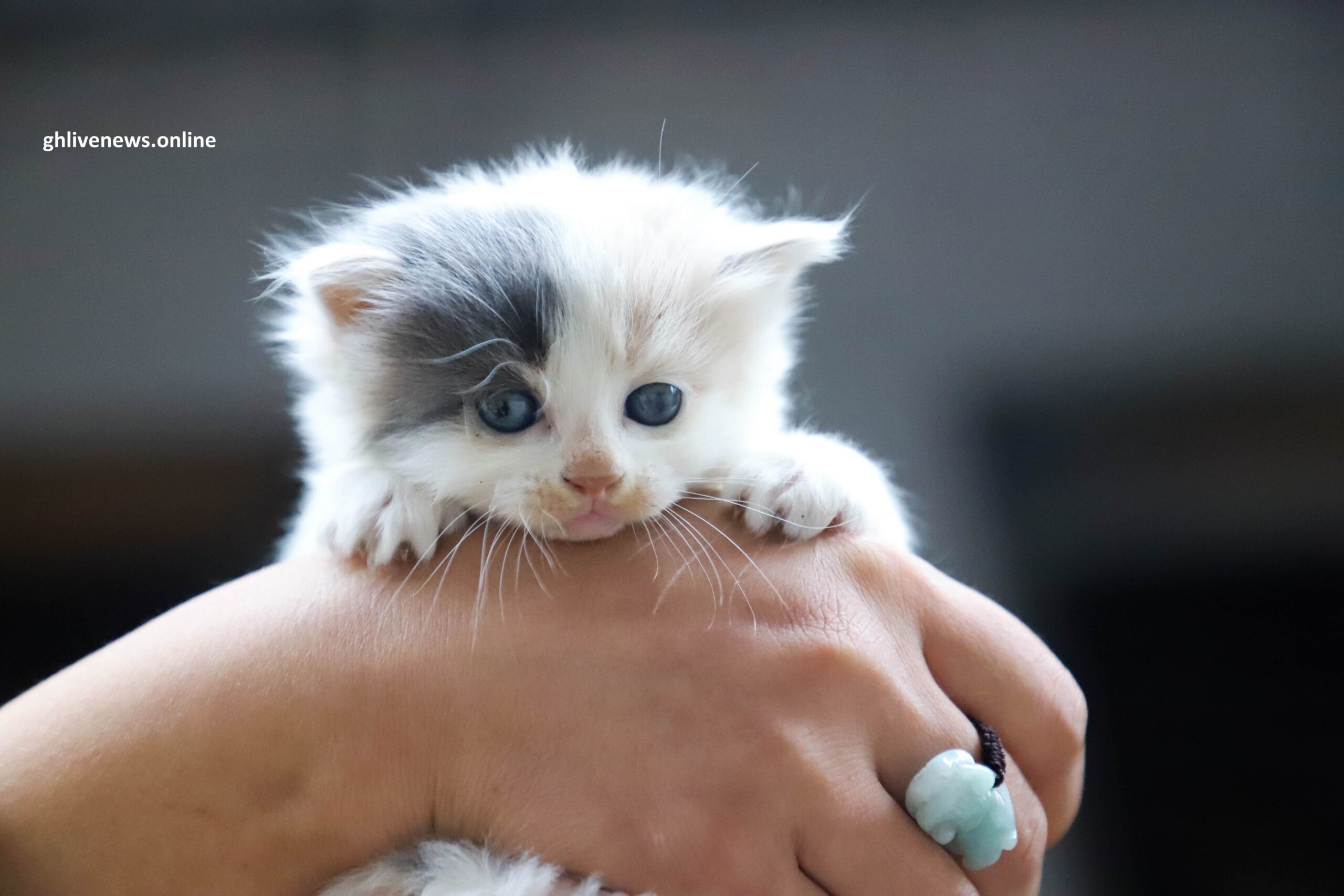.jpg)
Understanding the Importance of Cat Training
The significance of cat training is undeniable. It’s essential for building a delightful, harmonious bond between you and your cat. Training them aids in avoiding behaviour difficulties, stimulating mental activity, and protecting their safety.
To appreciate the importance of cat training, here are several vital points to keep in mind:
- Training your cat sets boundaries and regulations in your home. This not just encourages good behaviour, but also provides a sense of protection for your cat.
- Plus, it encourages positive interaction between you and your cat. By teaching commands such as “sit,” “stay,” and “come,” you can strengthen communication and the attachment between you both. This is especially useful when you need to keep your cat safe or manage a strange situation.
- Also, training plays an imperative role in preventing bad behaviour. Cats have natural instincts that push them to scratch furniture or mark their territory. But, with regular training, you can redirect these behaviours to appropriate alternatives, like scratching posts or litter boxes.
It’s important to remember that every cat is different and may react differently to training. Some cats will need more patience and time than others. Nevertheless, with commitment and positive reinforcement, any cat can learn new habits and behaviours.
For a remarkable true story from the pages of feline history, there was once a mischievous cat named Felix who caused chaos in his owner’s house. From jumping on counters to knocking over fragile decorations, Felix seemed unstoppable.
But, after consistent training by his owner with techniques including clicker training and reward-based methods, Felix slowly turned into a polite and disciplined feline companion.
This inspiring story is a reminder of the incredible power of proper cat training. With patience, consistency, and love, even the mischievous cats can become devoted and adored family members. Training a cat is like trying to get a politician to keep their promises – it requires lots of patience and a hint of magic!
Basic Cat Training Techniques
- Clicker Training: Click and reward your cat with a treat when they do the desired action.
- Litter Box Training: Place your cat in the litter box after meals and naps. Reward them when they use it correctly. Keep the box clean.
- Scratching Post Training: Put the post near their favorite furniture or carpet. Praise and reward them for using the post.
- Leash Training: Introduce your cat to a harness gradually. Start indoors, then attach a leash and explore outdoors.
- Vet Visits Training: Handle their paws, ears, and mouth regularly. Leave the carrier open. Reward them for entering voluntarily.
A consistent routine, rewards for positive behavior, and adaptation to a cat’s unique traits are all key to success. Simon’s Cat is a famous example of successful training! It’s challenging but not impossible. Patience and humor are essential!
Addressing Common Behavior Issues through Training
Training can be an effective way to get rid of your kitty’s bad habits. Here are six tips to consider when giving your cat some training:
- Set Up a Routine: Allowing cats a regular daily pattern helps them stay secure and calm.
- Reward Good Behaviour: Give treats or praise for desirable behaviour to encourage cats to repeat them and stop naughty ones.
- Create Boundaries: Marking boundaries helps in preventing cats from damaging furniture or jumping on counters.
- Litter Training: Locate the litter box in a quiet area, use the appropriate type of litter, and keep it clean.
- Redirect Energy: Playing interactive games with appropriate toys helps divert their energy to better activities.
- Patience and Consistency: Remain consistent with rules and patient while training cats, allowing them time to adapt.
Every kitty is unique and has its own learning style. To make training more successful, understand their individual needs and use tailored approaches.
Many cases of seemingly impossible behaviour issues have been resolved through training. These stories are inspiring for owners dealing with similar issues, and show the power of training to change the most stubborn behaviours. Who knows, you may even be able to train your cat to do complex tasks like advanced calculus and quantum mechanics!
Advanced Training for Cats
- Clicker Training: Use a clicker and rewards to teach your cat positive behaviors. Click when they do something you want, then give them treats or praise.
- Target Training: Guide your cat to touch a stick or your hand with their nose or paw. This is great for agility courses.
- Lure Training: Bait your cat with treats or toys to do things like jump through hoops or go in and out of a carrier.
- Command Training: Train your cat to respond to verbal commands like sit, stay, or come. Start simple and increase difficulty gradually.
- Toilet Training: Believe it or not, you can train your cat to use a toilet instead of a litter box.
Remember that cats are individuals and may react differently to different training methods. Observe your cat’s behavior and adjust your approach. To get the best results, be consistent in your efforts and use positive reinforcement to build trust. Dedication can help unlock your cat’s full potential.
Don’t miss the chance to bond with your cat through advanced training. Start today and your fur buddy will be grateful! A well-trained cat is a rare thing – it’s like finding a unicorn that can juggle and recite Shakespeare.
Ongoing Training and Reinforcement
Consistency is essential for ongoing training. Establish a routine and use the same commands and techniques. Positive reinforcement, like treats, praise, or playtime, will encourage good behavior. Patience is essential. Avoid punishment and focus on rewarding desired behavior.
Note: Every cat is unique. Observe their individual personality and adjust the training accordingly.
A story: I had a kitten, Luna, who liked to scratch the furniture. Clicker training helped. I consistently gave her treats when she scratched the designated post instead of the furniture. Now, she sharpens her claws on the post.
Conclusion: Training cats needs dedication. With patience and the right techniques for your cat, you can modify their behavior. It’s like solving a Rubik’s cube with missing pieces. But, at least it won’t be boring!
Troubleshooting Training Challenges
Text:
Cats can be tricky to train. Be patient and consistent when it comes to training your cat. Understand their individual needs and preferences so you can adjust the training techniques accordingly.
Solutions:
- Litter Box Refusal: Try different litters and locations for the box. Keep it clean!
- Scratching Furniture: Give them a scratching post or pad. Use a deterrent spray.
- Biting/Scratching: Redirect their focus to toys and playtime. Avoid rough contact.
- Ignoring Commands: Reward them with treats or praise when they obey.
- Urine Spraying: See the vet for possible medical issues. Use behavioral modification.
Be consistent with the training sessions – this helps cats understand what’s expected. Stay relaxed and patient. Keep your cat engaged with toys and mental stimulation outside of the training. Last but not least, don’t forget that cats will train you to be their butler!
Conclusion and Final Tips
We’ve discussed cat training tips. Let’s finish with some final insights:
- Cats are all unique. So, training them needs patience and understanding. Rewards and praise are good for motivating cats and building a bond.
- Consistency is key. Establish a routine and stick to it. Regular practice will help cats learn the desired behavior.
- Environmental enrichment is also important. Toys, scratching posts, and vertical spaces meet their natural instincts and make them more receptive to learning.
- Here’s my story. My cat refused to use her litter box. I had to try something different. I put the litter box in her preferred spot. It worked! This showed me that each cat is different and needs its own approach.
Frequently Asked Questions
Q: How can I train my cat to use the litter box?
A: Start by placing the litter box in a quiet and accessible location. Show your cat where the box is and praise them when they use it. Clean the litter box regularly and avoid using harsh chemicals that may deter your cat from using it.
Q: What are some effective methods to discourage scratching furniture?
A: Provide your cat with appropriate scratching posts and toys to redirect their scratching behavior. Use deterrent sprays or double-sided tape to discourage them from scratching furniture. Always reward and praise your cat when they use the scratching post.
Q: How can I teach my cat to come when called?
A: Use positive reinforcement by offering treats or praise when you call your cat’s name. Start in a quiet environment and gradually increase distractions. Use a distinct and consistent cue for calling your cat, such as making a clicking sound with your tongue.
Q: How do I train my cat to stop biting or scratching during play?
A: Avoid using your hands as toys and instead provide interactive toys to play with. When your cat starts biting or scratching, redirect their attention to a toy or a scratching post. Socializing your cat with other cats or humans can also help reduce aggressive play behavior.
Q: Can I train my cat to walk on a leash?
A: Yes, it is possible to train a cat to walk on a leash. Start by getting your cat used to wearing a harness indoors. Gradually introduce the leash and let your cat explore its surroundings while on the leash. Always keep a close eye on your cat to ensure their safety.
Q: Is it possible to train an older cat?
A: Yes, it is never too late to train a cat. Older cats can be trained using the same positive reinforcement techniques as kittens. Be patient and consistent in your training efforts, and remember to reward your cat for desired behaviors.
Originally posted 2023-07-02 00:35:56.






